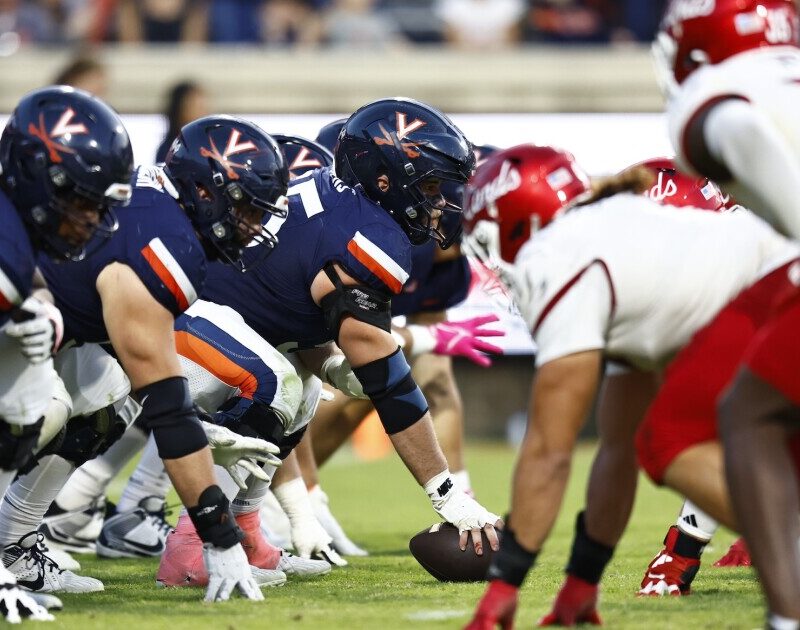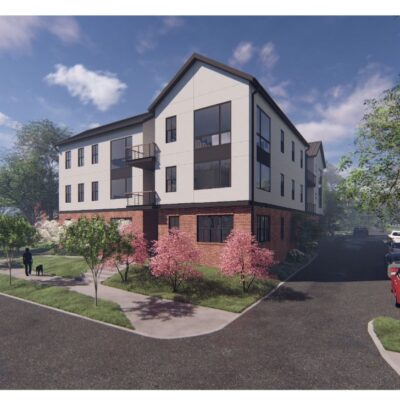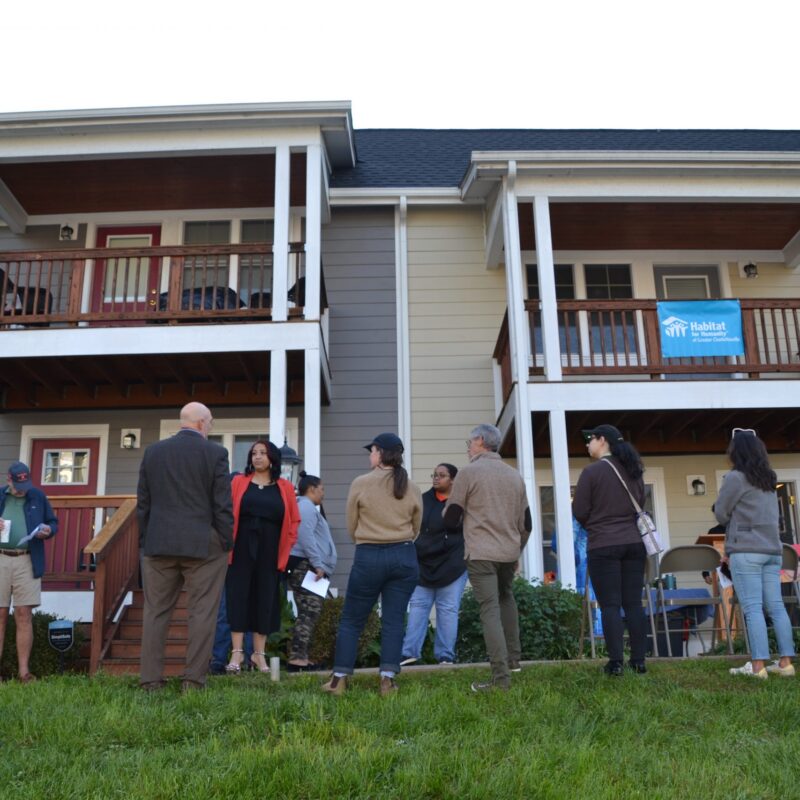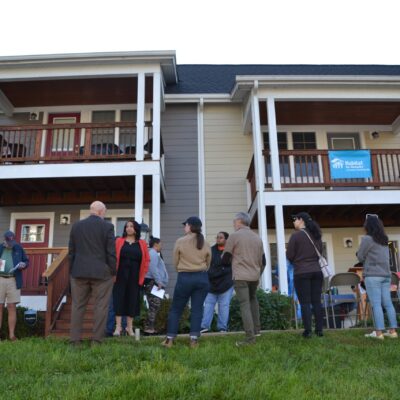After years of discussion, Charlottesville will finally begin to build a bike-accessible loop trail around the city that will exist in addition to the Rivanna Trail, a recreational hiking trail that’s rough in most sections. The new bicycle bypass would serve commuter bicyclers and parallel the existing trail for the most part. In some places, the new trail would share right-of-way with the Rivanna, such as the two-mile paved section on the east side of town, while in others it would be entirely separate, running on city streets.
Trail construction should begin by the end of the year, but meanwhile Charlottesville lacks a contiguous bike-friendly trail, in comparison to several other localities—such as Lynchburg.
 Happy trails, coming soon. Construction on a contiguous trail loop for commuter bikers should begin by the end of the year. The city may seek grant funding to make up budget gaps. |
“They have a beautiful multiuse commuter bike trail that goes from downtown to the outskirts of certain neighborhoods,” says Alia Anderson of the Alliance for Community Choice In Transportation. “If Lynchburg can do it, Charlottesville better get on it.”
“It will be done in pieces,” says Chris Gensic, the city’s greenways and trails planner. The trail along Moore’s Creek is one of his first projects, as is the Coal Tower trail that will connect Downtown to Riverview Park (both are scheduled to be completed by the end of 2008). The coal trail will be unusually lavish, as the city received a $300,000 private grant to fund it. As a result, it will be paved and fenced.
Most of the trail will be outfitted with a stone-dust surface that the Monticello Trail presently incorporates. “It’s a good mix between the surface you need for strollers, wheelchairs and bicycles,” says Gensic, “but you haven’t gone to pavement that isn’t as natural or good for water quality.”
A stone-dust surface is also inexpensive when compared with the alternatives of asphalt or concrete that the city’s 2003 plan called for. “The funds are not there, but we have a lot of opportunity to seek state and federal grants,” says Anderson.
For a trail that should cost millions, a mere $100,000 is set aside in the city’s 2008 fiscal budget. While the county has made it a priority project and expects to receive trail upgrades through private proffers, the bike loop has an unspecified amount of the Parks and Rec trails budget.
The effort may ultimately require a “mentality shift,” says Anderson, “from biking being something people view as a recreational sport to something that’s an integral part of our transportation system.” Not only would it open up more money for trails, but new trails should mean a reduction in traffic. “We just need to start viewing biking as part of that,” Anderson says.
C-VILLE welcomes news tips from readers. Send them to news@c-ville.com.





